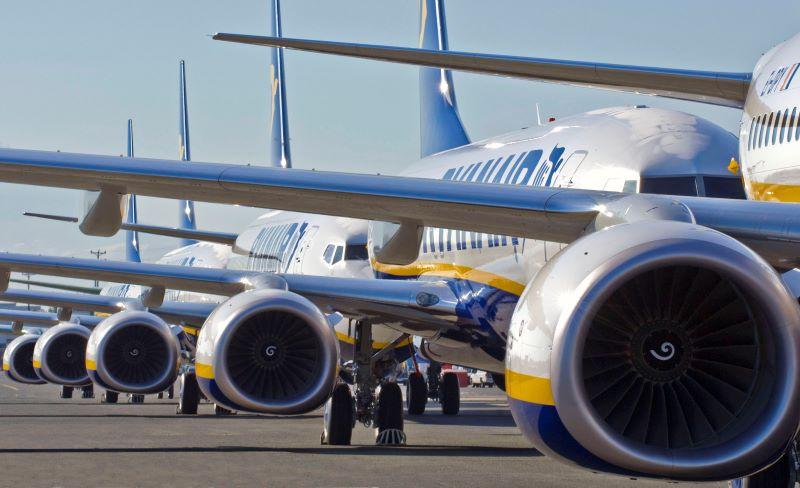
Credit: Boeing
Heavy shop visits for CFM International’s workhorse CFM56 engines are on track to peak as early as 2025, helping push already lucrative aftermarket revenues for GE Aerospace and Safran even higher and spawn creative approaches to keeping the engines in service. Safran is projecting a 20% rise in...
Subscription Required
OEMs, MRO Shops Prep For CFM56 Shop Visit Peak is published in Aviation Daily, an Aviation Week Intelligence Network (AWIN) Market Briefing and is included with your AWIN membership.
Already a member of AWIN or subscribe to Aviation Daily through your company? Login with your existing email and password
Not a member? Learn how to access the market intelligence and data you need to stay abreast of what's happening in the air transport community.





